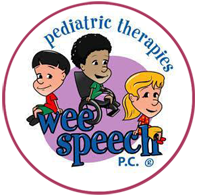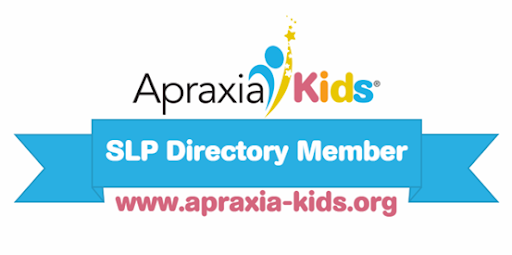Social Groups and Pragmatic Skills During the Pandemic
The pandemic has affected all of us in different ways. Virtual learning has presented a host of challenges pragmatically for all students, especially for individuals with social-pragmatic language difficulties. Social groups over Zoom are currently being conducted at Wee Speech focusing on peer relationships, recognizing body language/facial expressions, and interpreting non-verbal cues. These groups have been successful with bringing peers together during a difficult time! We know our students miss interacting and socializing with others. Virtual social groups have been crucial for our clients since they have reduced opportunity for social interaction due to the pandemic. As we head into the winter months, consider planning some virtual play dates for your child. Talk to your child’s treating therapist about ways


